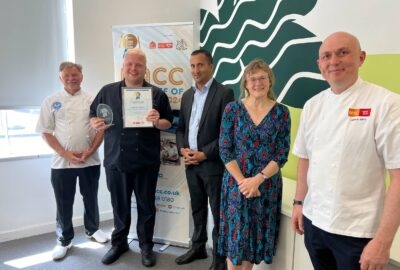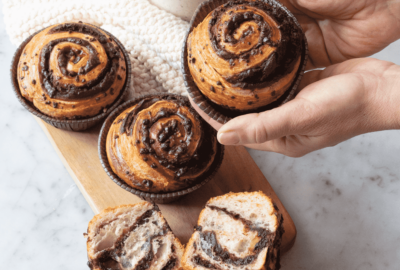The ‘Low & No 2022: The Customer Perspective’ research from KAM Media and Lucky Saint has reported one in three pub visits (29%) and 37% of restaurant visits are now alcohol free, a result of an increasing number of adults reducing their alcohol intake.
Katy Moses from KAM Media says “Better health is the major driver behind moderation. Other reasons, apart from having to drive, include staying fresh for a “big day” the next day, if others aren’t drinking alcohol in a group or being able to attend another activity such as organised sports afterwards.”
She added that people are looking for ways to drink less alcohol, but don’t want to miss out on all the occasions where alcohol is normally served such as celebrating a birthday, enjoying a beer while watching sport or going to the pub. “The research suggests that low and no alcohol has hit the mainstream and is here to stay.”
According to IWSR, the international drinks analyst, sales of low and no alcohol drinks is set to grow to £558 million by 2024. With Christmas and Dry January around the corner, there are plenty of opportunities to boost sales of low and no alcohol drinks.
James Morgan, zerologist with Zero Zip Zilch, recommends that the low and no alcohol offering needs to cover a broad range of products across the category. “Beer and wine are the most popular, but spirits, RTDs and alternative drinks such as kombucha and sparkling tea are important. At celebration events, there’s no excuse for leaving anyone out with exceptional sparkling wines such as ‘Alt’ and ‘Noughty’.”
A new evolving category is wine alternatives, “where the real excitement is,” he says. “For example premium kombuchas (LA Brewery, Holos) sparkling teas (Real, Saicho, Copenhagen) or new styles of drink such as Sharp and Spark from Blurred Vines. Many of these combine well with food.”
According to Alli Briaris, founder of non-alcoholic aperitif brand Drinks Kitchen, there is a growing range of drinks creating their own niche. “These offer a huge scope of opportunity as they don’t invite comparison with alcoholic versions and can work well with food pairings. Review the balance of alcohol to non-alcohol drinks and as a minimum, have five to ten options to cover the key segments. As space is a premium, choose brands that can be adapted. For example, our range can be mixed with water, tonic, lemonade or ginger ale.”
Stephen Kofler from Krombacher advises operators to listen to their customers. “Gather feedback on what customers are keen to drink. There’s little point in stocking a wide selection if you don’t have the audience to appreciate them. Introduce new options over time to gauge reaction. If you’re going to the effort of stocking some fantastic drinks, then shout about it to customers. This can be as simple as putting up clear signage or posts on social media. Introductory offer and free tastings are a great way to get customers to try products,” he says. Stephen also believes the non-alcoholic wine sector has huge potential. “Today over 20% of Millennials and Gen-Z are not drinking alcohol at all. This will only increase over time as growing numbers of discerning adults moderate their intake.”


